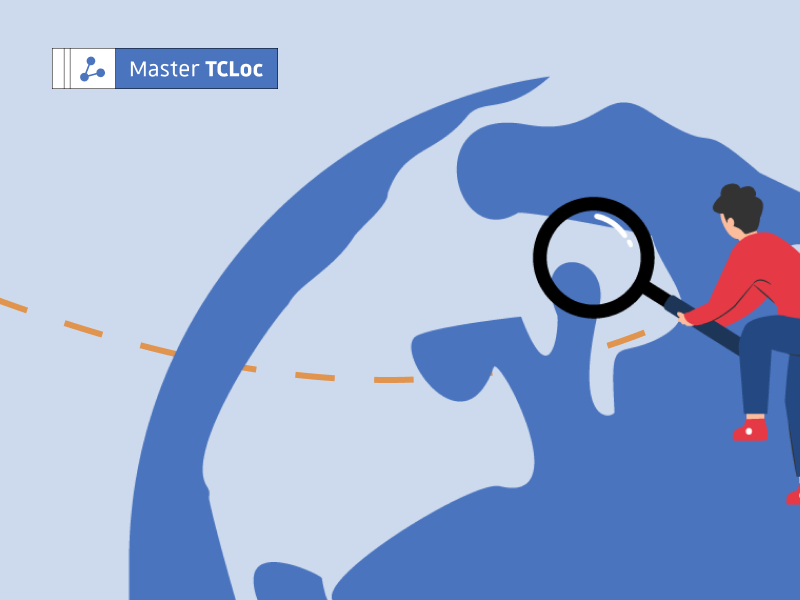In a globalized world of emerging markets, where the need for communication is a key aspect between markets, cultures and economies, localization plays a crucial role in order to have the desired result of brand reputation, visibility and availability of products and services around the globe, and ultimately, profit.
Insights from the cryptocurrency realm
This article aims to give a brief insight into how emerging markets meet localization and some challenges that may arise through this. Also, it draws attention to an example of cryptocurrencies and some challenges in localizing this special fintech industry.
Crypto assets, thematic terminology and restrictions
A crypto asset is a form of digital asset that can be used either as a medium of exchange or for investment purposes. Unlike traditional banking, they are not issued by a central bank or public authority. This revolution towards the freedom of finances has given birth to new processes, laws, technologies and a plethora of new thematic terminology that comes with it. Terms must be rendered faithfully into the target locales.
Cryptocurrencies blend technology, IoT and the finance sector, especially various types of trading and stock markets. Therefore, the linguists working on these translations need to have a strong background in all these sectors, as well as be able to adapt and research terms fast and accurately. But what happens when these concepts aren’t defined properly in English since their framework is not standardized yet? Should we translate, localize or use a loanword and an explanation where necessary? This is a valid concern when it comes to a unique and brand-new universe.
A good starting point would be to create a glossary and a style guide, to distinguish which concepts are solely referring to crypto assets, such as fork, proof-of-work, etc. and which ones already have a framework on the wider fintech sector, such as ledger, trading, traders. We need to choose and review which terms to include in the glossary. Followed by the translation and standardization of the terms. After that, it would be wise to consult SMEs with vast experience and a solid background in the industry to comment on it and give feedback. Also, we need to test these translations and modify them, if and when necessary.
However, the restrictions don’t end here since, apart from its unique nature, the legal restrictions on cryptocurrencies per country and region won’t allow all the products and services, and therefore related terminology and content, to be released everywhere simultaneously. Hence, the localization plan for each locale will, at some point, differ.
Need for speed and localization
Localization comes into play when it is time to launch these concepts into a new market, either as products, services or both. As it is usually one of the last steps, everything needs to happen fast and accurately. In order to ensure that, the best way is to have a structured process and strategy to streamline it.
Useful information to keep in mind:
- Plan and decide which markets will be targeted first.
- Decide on the localization technology, the providers, the budget and make a timetable.
- Define the types of contents that need to be localized, how often they need to be updated and if content is banned in some countries.
- Search which regulatory restrictions may impede the process per locale.
- Keep up to date with the relevant laws and markets as they evolve.
If you don’t know how to get started with your localization strategy, a good place to start is to take a look at this introduction to localization and at the blockchain localization and translation best practices.



